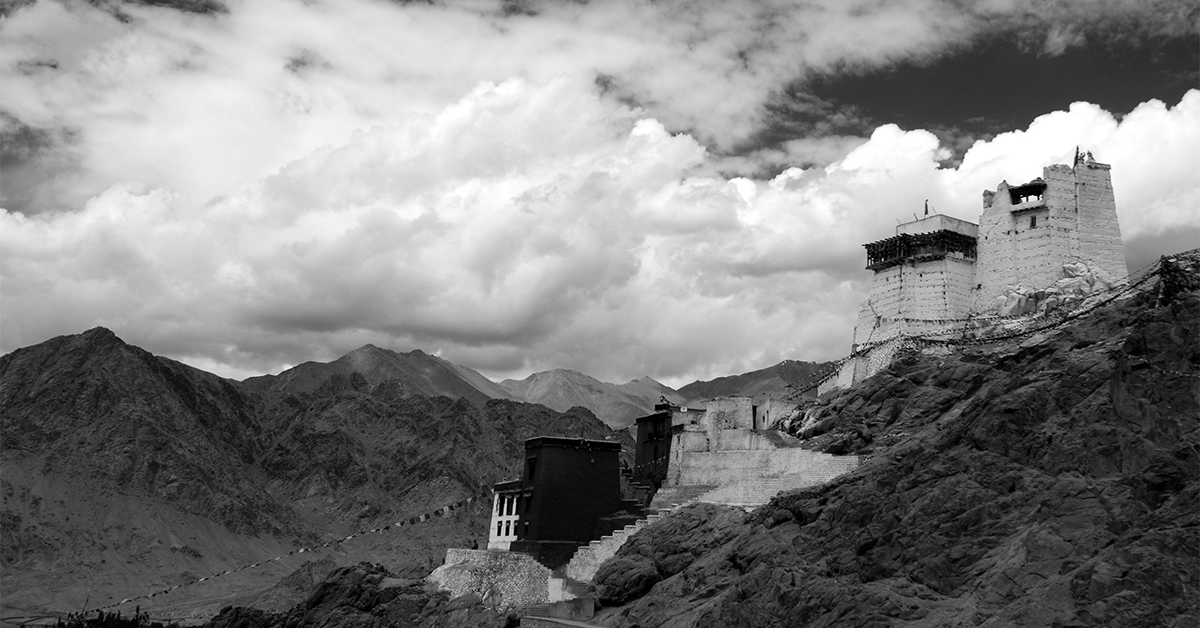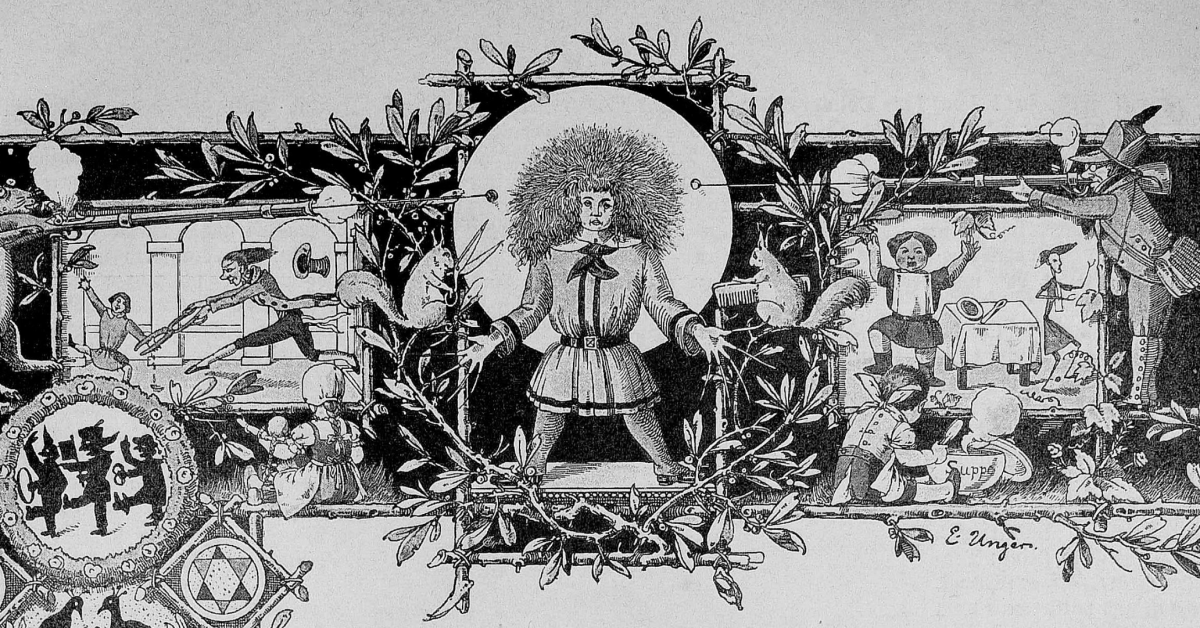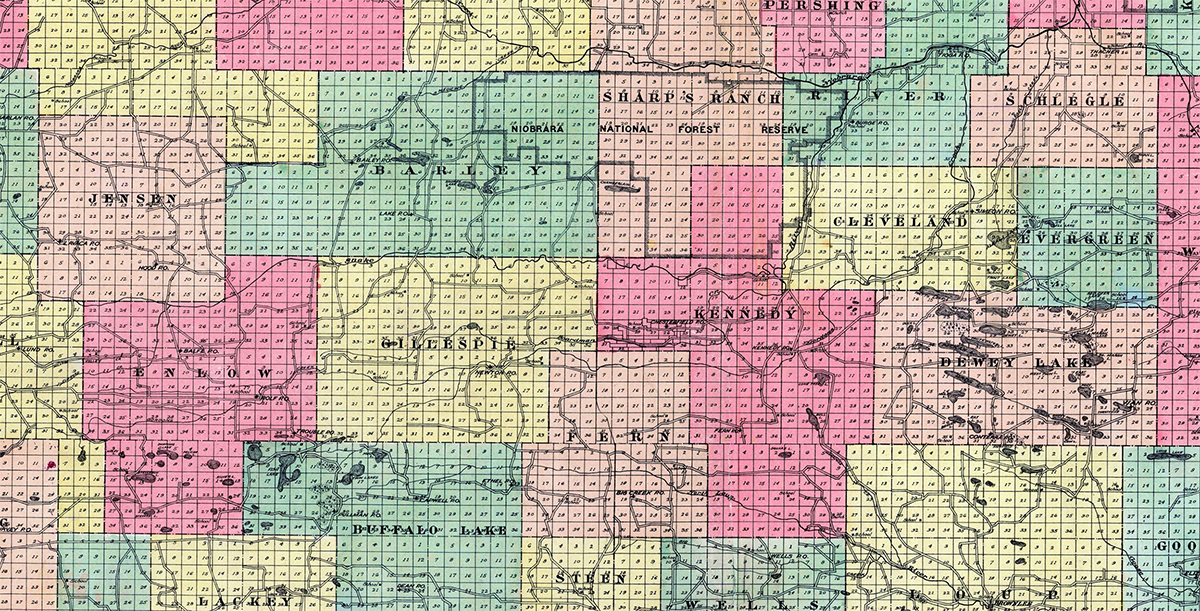After decades of regret and behind-the-scenes orchestrations, India finally wields all the power in the mountain kingdom of Sikkim. The country’s now-titular king, the Chogyal Palden Thondup Namgyal, has fallen from grace as its chief game player and has his moves made for him by a team of Indian handlers.
In their initial agreement, the Indians imagined the Chogyal as a constitutional monarch in charge of a nominally-independent Sikkim held in place by Indian hegemony. When their allies on the field in Sikkim, supporters of a movement calling for a democratic country free of the Chogyal, spoke in resistance, the architects scrapped their original plan and offered a new one. To the Chogyal, they re-upped those same promises of maintaining a space for him as a constitutional monarch. But on paper, the Chogyal, a direct descendant of Sikkim’s first king, was nowhere to be found.
The Purge
The fall of the Chogyal’s regime begins with the arrest of one of his last and closest allies, a personal guard and potential co-conspirator named Yongnam. With their façade of cooperation sundered, Indian officers scramble, offering supporters of Sikkimese independence lucrative jobs in faraway corners of India and hastily ushering them out of the country. They close the border to the Chogyal’s sister Coocoola and organize an international trip for the man in charge of the country’s militia. With all powers but the Chogyal swiftly accounted for, the military finally descends on Gangtok.
Armored vehicles move through Sikkim largely unimpeded, their knowledge of the country’s roads and infrastructure a souvenir from two and a half decades as an Indian protectorate. When the Indian procession finally reaches the palace gates in a dramatic imitation of the cavalcade of protests before them, a lone guardsman, a member of the Nepali majority, stands in their way. After refusing to stand down, he’s shot and killed by the invaders. Another guard takes a bullet to the arm; he’ll later need to have it amputated. The rest of the guards stand aside and the Indian military captures the palace, placing the Chogyal and his family in a state of house arrest.
The palace under lock and key, the Indians waste no time in bringing Sikkim under their complete control. In their quest to command the national narrative, the simple letter-censorship of the protectorate years starts to look desirable. No communication makes it past the palace doors. After all, the Chogyal’s spent two decades trying to diplomatically squirm his way out of Indian control; they’re done giving him chances. But the Chogyal is the Chogyal, and he’s not done taking them. India’s martial wall stops letters and visitors at the door, but the King of Sikkim has one more weapon at his disposal: his Ham Radio. Using the callsign assigned to him as a hobbyist, he manages to get an alert out that makes it around the world before the Indians can react. The news of the coup is officially out, but the world’s response, to the Chogyal’s devastation, is lukewarm. A group set up by his wife in New York tries to bring the matter to the attention of the United Nations but the American delegation refuses to forward it. His one attempt used up, the Indians take away his radio and the Chogyal finds himself silenced once more.
Fair and Free Democracy
With the Sikkimese centers of government under Indian occupation, Delhi’s most loyal allies in the council announce a plebiscite for Sikkimese voters to decide whether to join India or remain independent. Among the 59 percent of Sikkimese citizens allowed to take part, 97.5% of votes are cast in favor of independence. Some observers accuse the Indian organizers of foul play, but there’s no evidence in support of that idea.
…lol just kidding, there’s a shitload of evidence. Sikkim: Requiem for a Himalayan Kingdom describes polling places where voting is conducted by placing a colored sheet of paper into one of two appropriately colored boxes. Of course, the two boxes are placed on opposite sides of the open room and are visible to everyone present. All incorrect votes could be easily recorded if someone were so motivated. Second, the question voters were attending to dealt simultaneously with deposing the Chogyal and joining India. Supporters of one option were pushed into opting for both. Third, the vote was overseen by Indian officials and conducted without Sikkimese or foreign observation.
Indian journalist Sundatta K. Datta-Ray, who was present during the affair and wrote one of the first books critical of the Indian intervention, Smash and Grab: The Annexation of Sikkim, alleged that the country’s mountainous terrain and relatively inaccessible rural areas made it highly unlikely that election officials would have been able to make it to the people, conduct the election, and return in the four-day span within which the vote was concluded. Others loyal to the Chogyal have gone on record suggesting that as many as 80% of the voters were outsiders from India, but these allegations are not corroborated by any hard facts.
When all the votes have been counted, India accepts the result put forward by their men on the ground and formally welcomes Sikkim as its first and only associate state.
China and Pakistan speak against the annexation, but Indian agents point in response to China’s own annexation of Tibet and Pakistan’s occupation of territory in the Hunza Valley and Kashmir as evidence of opportunist hypocrisy. It’s a fun little move; put next to China and Tibet, a reader could easily assume that Hunza is a similar story. It’s not. But that’s beside the point.
Further away, United States Secretary of State Henry Kissinger entertains the Sikkim issue a few times over the length of the whole ordeal, talking once with Chinese Premier Zhou Enlai about it before the Indians crystalize their hold and again with State Department officials after the annexation. “What is India’s obsession with annexing Sikkim?” he asks. When pressed on whether the United States will accept asylum for the Chogyal, he imagines it will. But the U.S. is also preoccupied with matters in Vietnam and its neighbors in southeast Asia, and the conversation, like Sikkim’s national identity, fades away.
With all the interplay from the Cold War spilling over into Sikkim, it’s kinda surprising that the United States plays such a limited role. It may have had something to do with the guy in power for much of it – President Nixon famously hated dealing with India and its people, a deep-seated animosity rising in part from the cultural connection between the subcontinent and the American hippie movement. It’s just another example of Nixon’s famously-sound presidential reasoning; who among us hasn’t neglected diplomatic ties with India to own the libs?
The only evidence I really have of the American government flirting with anything more substantial is a threat from the new Ambassador to India, William Saxbe. Even then, it’s merely a tit-for-tat response to the Indian government questioning the American occupation of Diego Garcia.
Curtain Fall
The story from here on out is bleak for most of our actors. Deposed and depressed, the Chogyal ends up overdosing on a combination of barbiturates and alcohol. He’s found and revived just in time by his son and members of his staff, but he’s never quite the same.
By the end of her term, India has soured on Indira Gandhi. She’s voted out of office after a failed attempt to push back the election using emergency powers for as long as she can. The incoming Prime Minister, Morarji Desai, expresses sympathy toward Sikkim and intends to use it as a weapon to prevent his predecessor from returning to office. The former Chogyal is elated, reading his renaissance between the new leader’s words, but his hopes for a do-over are hastily dashed. Desai acknowledges that the annexation was wrong but says what’s done is done and that there’s nothing his government can do about it now.
The Crown Prince Tenzing’s time back in Sikkim is short; he’s killed in a car crash in March 1978 at 25 years old. His funeral draws 20,000 mourners.
Now a part of India, seeds of change start to bore through the cold stone walls of the Kingdom of Sikkim. The completed annexation invites in a wave of Indian settlers that some locals view as a threat to the already thoroughly-bothered balance of the country. Once a wholly independent state of a couple hundred thousand, Sikkim is now the second-smallest piece of a nation housing well over half a billion people.
After stretching its newfound limb and dusting itself off, the new Indian government approaches the age-old issue of Sikkimese parliamentary representation by naming the Bhutia-Lepcha people a “scheduled tribe” and allowing them exclusive claim to twelve of the council seats. It’s fewer than the fifteen they had under the previous arrangement, but the Nepali majority, formerly allocated the same number of seats, is no longer guaranteed any. This reads as a crisis to the Nepalis who fought alongside the Indians just weeks earlier; with the Bhuta-Lepcha allocation and increased Indian migration into Sikkim, their stake in their state’s government stands to shrink. Once more, the most vociferous supporters of Indian integration in Sikkim are relegated to the sidelines.
In the next set of Sikkimese elections, the Kazi and his loyalists are trounced, failing to win even a single seat. Meanwhile, in national government, Indira Gandhi makes a triumphant return to power. Her government continues to pump money into Sikkim, which guarantees it a level of relative prosperity envied by other Indian states, but also serves to cultivate a pastime of political and economic corruption that persists today.
In the United States, Hope Cooke is granted permanent residence but struggles to regain the American citizenship she willingly gave up when she became Gyalmo of Sikkim. To be fair, she’s on a first-name basis with a team of congressmen and diplomats willing to plead her case, and it took a special act of congress to pull off the “permanent residence” thing, so “struggle” is only so apt a word. But still, though she’s raising her children in the country she herself was born in and living out of an apartment in the city where she grew up, she remains stateless until the American government eventually shrugs their collective shoulders and agrees to give her passport back. Today, she’s an author and lecturer still living in New York.
While the relationship between the Chogyal and his once-American, again-American wife remains friendly, Hope obtains a separation in 1978 and a divorce in 1980. After a series of arguments regarding their safety, the couple’s children are allowed to visit their father in Sikkim in 1981. It’s the last trip they’ll make together; Palden Thondup Namgyal, the last Chogyal of Sikkim, dies at Sloan-Kettering Cancer Center in New York City in 1982. He was 58 years old.
The Indian government pays for the repatriation of the Chogyal’s body to Sikkim where his own funeral is attended by 20,000 people. Among those gathered are the Kazi, now the Chief Minister of Sikkim, and his son.
China continues to protest the Indian annexation of Sikkim until 2003, when it acknowledges Indian sovereignty over Gangtok in exchange for Indian recognition of Tibet as part of China. The two countries open a border crossing between Sikkim and Tibet in 2006. It’s a limited opening; just 29 products are allowed through on one side and only 11 the other. Residents of each country can pass through the checkpoint, but foreigners are forbidden.
Though tumultuous, Sikkim’s transfer to Indian ownership appears to have been relatively complete. The state lacks any significant nationalist movement, and though posts online reveal a population nostalgic for the lives they led under the government of the Chogyal, few call openly for the restoration of the monarchy.
There are no walls, no boundaries on Earth like the Himalayan mountains. For thousands of years, the people living in their carved-out valleys have been shielded from the explosive power of some of the most powerful empires of human history. Through Mughal conquest, British dominion, Chinese revolution, and the rise of modern India, countries like Nepal, Bhutan, and Sikkim maintained some sense of national identity despite their smaller sizes and diminutive populations, an identity bolstered by the mountains that surround them.
Tiny Sikkim’s neighbors, Nepal (now a Republic, having ditched their king in 2008) and Bhutan still breathe that crisp, free Himalayan air. But their smaller brother serves as a reminder that not even a Himalayan dragon is immune to the march of modernity. As Indian culture moves in, some Sikkimese worry about a loss in identity. Others are unbothered; the country has weathered more significant demographic shifts before, and the sacred mountain of Kangchenjunga, the world’s third tallest, casts a long shadow over the Lost Kingdom of the Himalayas.
Read More
- Palden Thondup Namgyal, Deposed Sikkim King, Dies by Albin Krebs for The New York Times
- Shadows of Sikkim in Crimea by Ankit Panda for The Diplomat
- Sikkim: Requiem for a Himalayan Kingdom by Andrew Duff
- Tenzing Namgyal, Prince of Sikkim from The New York Times
- Time Change by Hope Cooke Namgyal
Image
- Gurudongmar Lake, North Sikkim, India.jpg by Wikipedia user Madhumita Das.
This is the most time I’ve ever spent on a single piece. If you made it this far, thank you.






One reply on “The Fall of Sikkim”
Nice narration how our Country was robbed